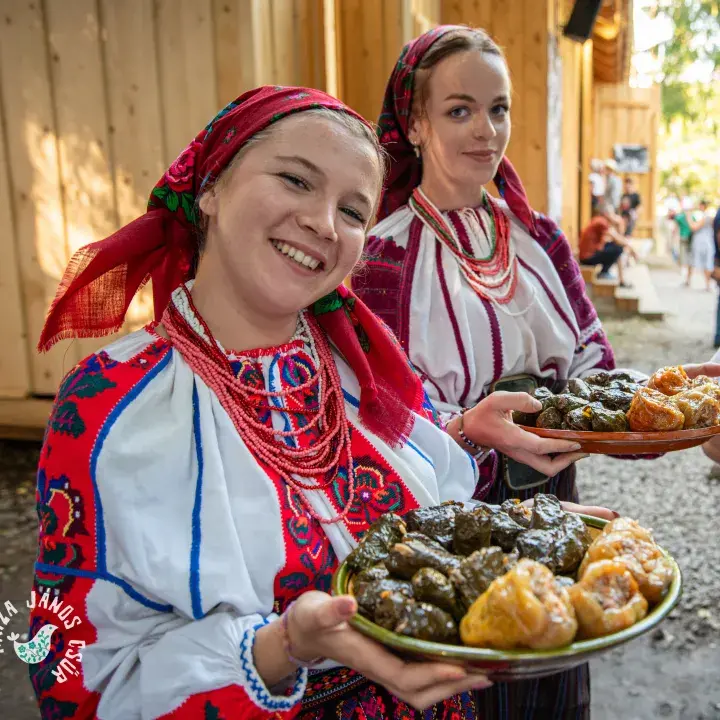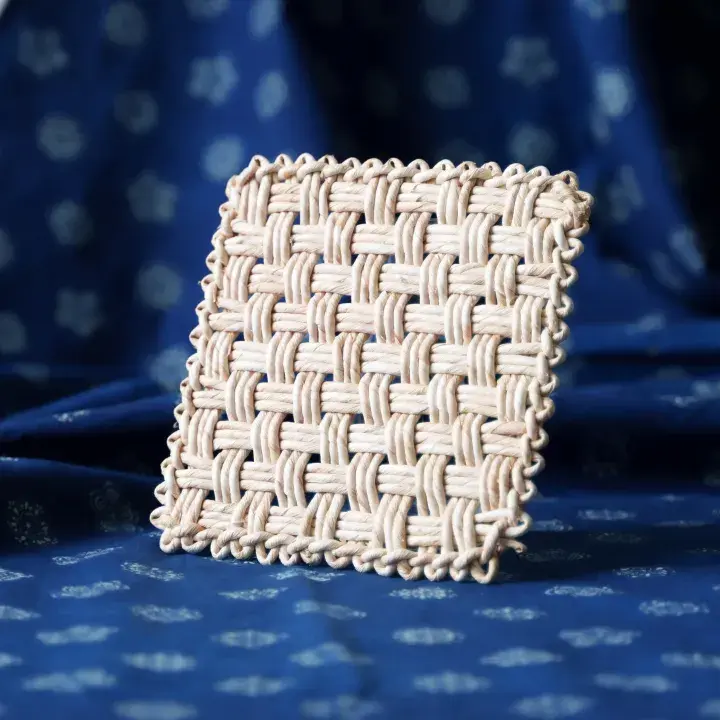The hippie movement began in the United States in the early 1960s as a protest against the existing social structure and America's war activities. Initially, free-spirited youth moving to the Haight-Ashbury area of San Francisco were referred to as hippies – the term originally comes from the English word hipster. The ideology of Flower Power that they represented promoted peace and love, so the floral motif became one of the most popular patterns in their clothes. Hippies even pinned garlands of flowers in their hair and painted floral motifs on their faces and bodies.
Hippies went against the consumer society and demanded complete freedom. This was also expressed in their dressing, in which folk art appeared with a special stress. They were significantly inspired by traditional Indian, Nepalese, Central American and Bali attires.
The hippie style was fresh, colourful and imaginative. In addition to floral motifs, it was characterised by long hair, bell-bottomed trousers, embroidered blouses, and funnel sleeves. The wear-resistant and easily obtainable country shirt also became popular, but due to their durability, fringed leather and suede jackets - common among Native Americans - also became part of their clothing, as did denim as a dominant fabric. Skirts and dresses were short and tight-fitting (with knee-length suede boots in cool weather and sandals on hot summer days) or, representing the other extreme, long and loose clothes, producing a renaissance effect.
It was typical to combine a vast array of colours and to wear pieces of clothing in unmatching colours. Buying branded, expensive clothes was against the leftist hippie ideology, so they would wear old, second-hand clothes, often patched and remodelled by the wearers themselves, making the creative and environmentally conscious hippies true recyclers. Unique, colourful and imaginative shirts, jackets and skirts were sewn together, and the materials were painted and decorated with batik. Their eco-friendly movement was also about environmental protection, promoting the use of natural materials, and they liked clothes made of natural fibres, cotton and hemp. The design and decoration of their jewellery and accessories were inspired by nature, using flowers, feathers, hemp, leather and recycled fabrics.


